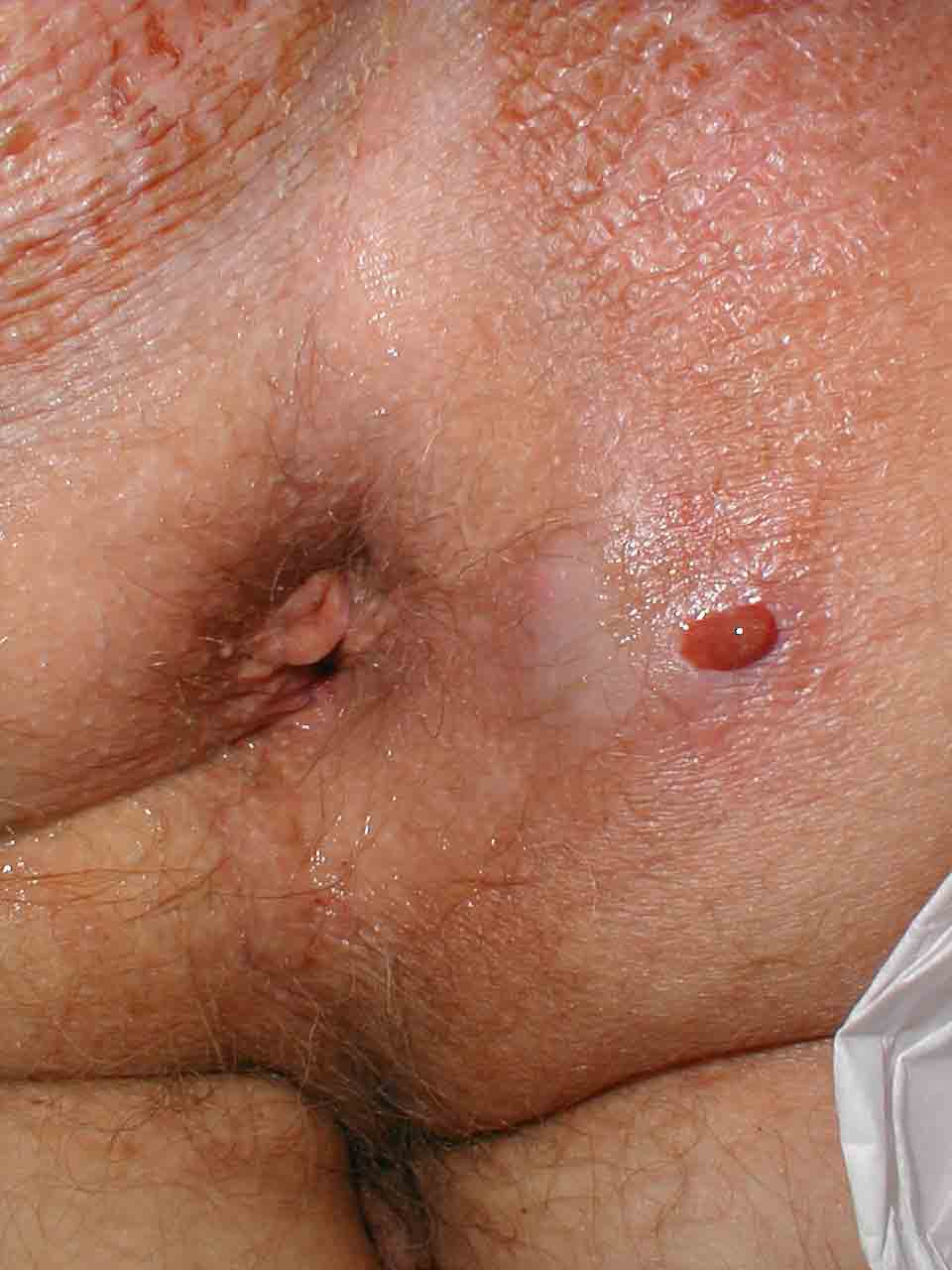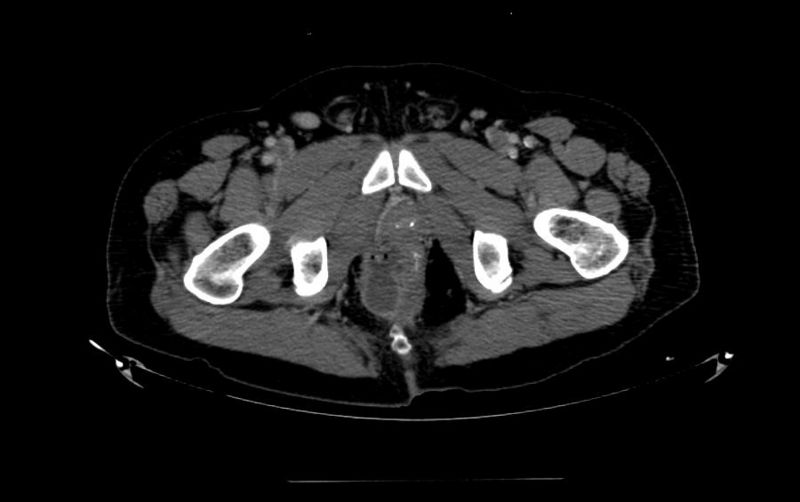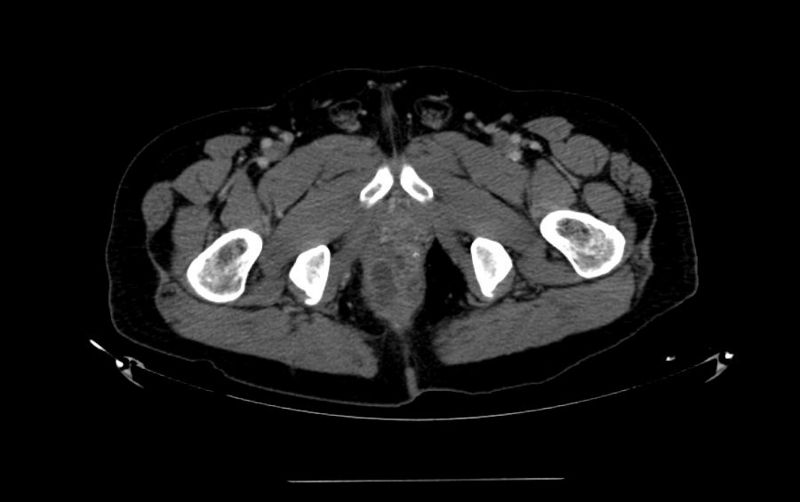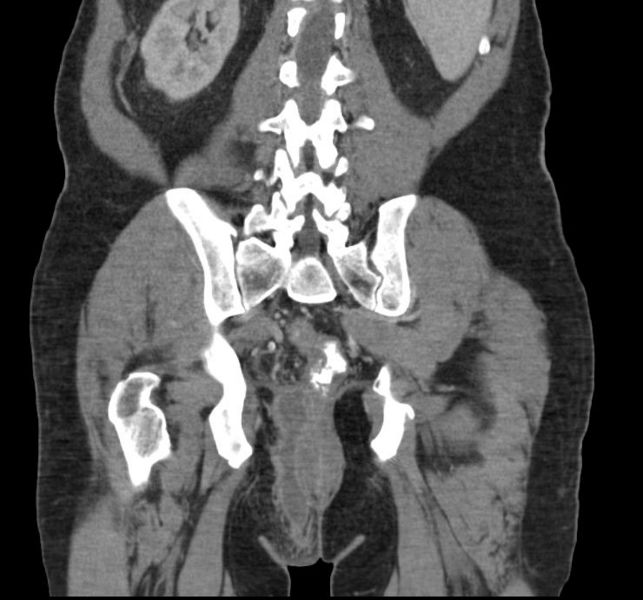Perianal abscess
| Perianal abscess | |
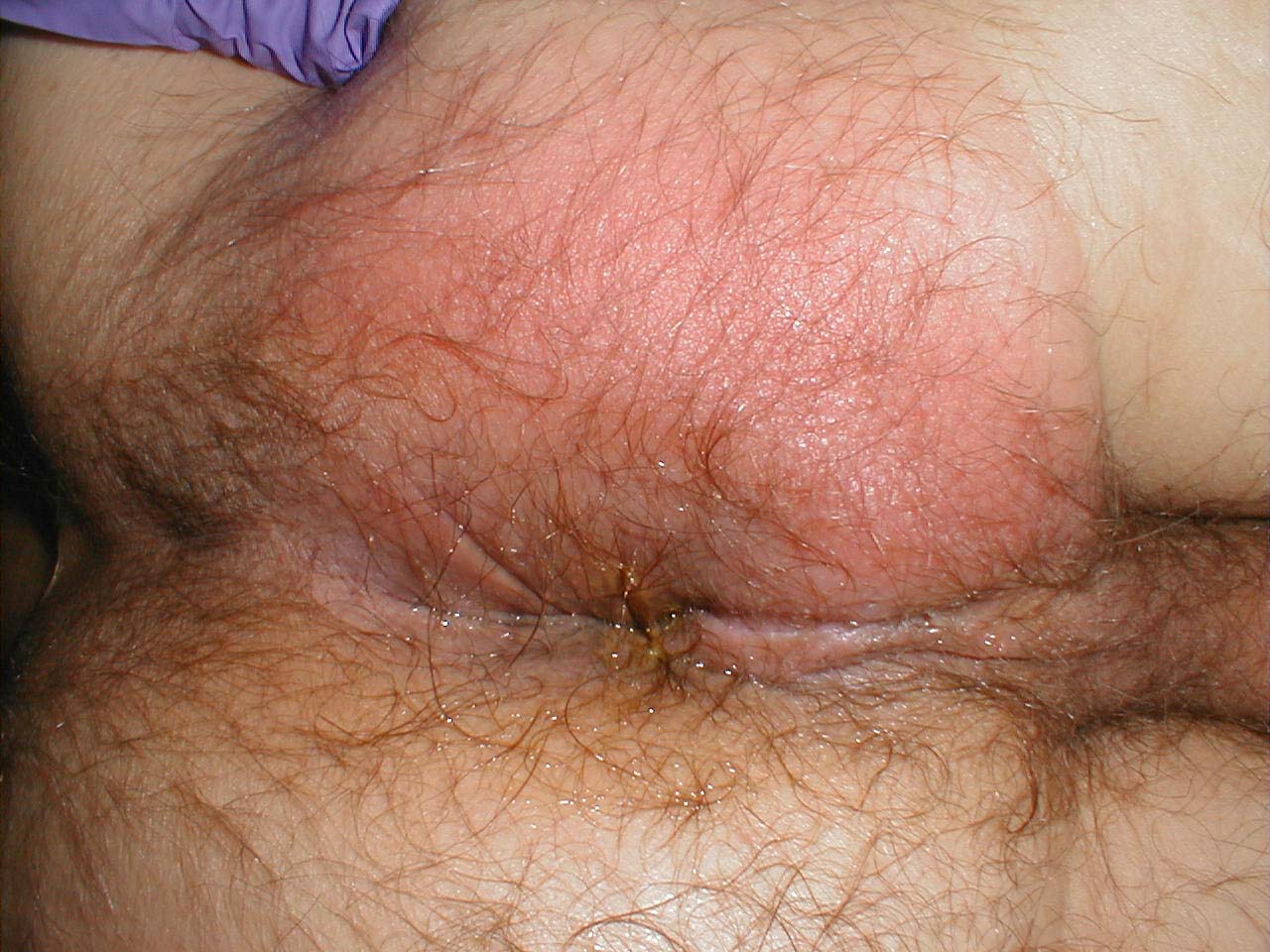 | |
|---|---|
| Perianal abscess. (Image courtesy of Charlie Goldberg, M.D., UCSD School of Medicine and VA Medical Center, San Diego, CA) | |
| DiseasesDB | 32048 |
| MedlinePlus | 001519 |
|
WikiDoc Resources for Perianal abscess |
|
Articles |
|---|
|
Most recent articles on Perianal abscess Most cited articles on Perianal abscess |
|
Media |
|
Powerpoint slides on Perianal abscess |
|
Evidence Based Medicine |
|
Clinical Trials |
|
Ongoing Trials on Perianal abscess at Clinical Trials.gov Trial results on Perianal abscess Clinical Trials on Perianal abscess at Google
|
|
Guidelines / Policies / Govt |
|
US National Guidelines Clearinghouse on Perianal abscess NICE Guidance on Perianal abscess
|
|
Books |
|
News |
|
Commentary |
|
Definitions |
|
Patient Resources / Community |
|
Patient resources on Perianal abscess Discussion groups on Perianal abscess Patient Handouts on Perianal abscess Directions to Hospitals Treating Perianal abscess Risk calculators and risk factors for Perianal abscess
|
|
Healthcare Provider Resources |
|
Causes & Risk Factors for Perianal abscess |
|
Continuing Medical Education (CME) |
|
International |
|
|
|
Business |
|
Experimental / Informatics |
Editor-In-Chief: C. Michael Gibson, M.S., M.D. [1]
Overview
A perianal abscess (also called anorectal abscess) is a collection of pus outside the anus. It arises from an infection at one of the anal crypts of Morgani which leads to inflamation and abscess formation. Most cases of perianal abscesses are sporadic, though there are certain situations which elevate the risk for developing the disease, such as diabetes mellitus, crohn's disease, chronic steroid treatment and others. [1] [2] [3] [4] [5] [6] [7] [8] [9]
Etiology and Pathogenesis
The abscess usually begins when bacteria enters through a tear in the lining of the rectum or anus. Most often, this occurs between the internal and external sphincters (intersphincteric abscess), where the perianal glands are located. As the abscess increases in size, most will follow the plane of least resistance and spread towards the surface, creating a perianal abscess. Occasionally, the infection can spread into the ishiorectal fossa or above the level of the levator muscles, creating ischiorectal and/or supralevator abscesses, respectively. Although supralevator abscesses are difficult to diagnose, perianal and ischiorectal abscesses still seem to account for the majority of the ones encountered.
In terms of risk, those individuals with diabetes, immunocompromised states, those with inflammatory bowel disease, or who engage in receptive anal sex, appear to be at higher risk for developing an abscess, than those without these risk factors.
Symptoms
- Painful, hardened tissue in the perianal area (palpable mass near the anus): Pain in the perianal area is the most common symptom of an anorectal abscess. The pain may be dull, aching, or throbbing.
- Pain associated with bowel movements: It is worse when the person sits down and right before a bowel movement. After the individual has a bowel movement, the pain usually lessens.
- Constipation
- Discharge of pus from the rectum
- Fever
- Chills
- Lump or nodule: swollen, red, tender at edge of anus
Diagnosis
Diagnosis of anorectal abscess begins with a medical history and physical exam.
Imaging studies which can help determine the diagnosis in cases of a deep non-palpable perirectal abscess include pelvic CT scan, MRI or trans-rectal ultrasound. These studies are not necessary, though, in cases which the diagnosis can be made upon physical exam.
(Images courtesy of Charlie Goldberg, M.D., UCSD School of Medicine and VA Medical Center, San Diego, CA)
CT demonstrates a perirectal abscess that extends to the skin
Treatment
Treatment of perianal abscesses include examination under anesthesia (regional or general), incision and drainage of the pus. Antibiotics to cover rectal flora (and not skin flora) should be prescribed perioperatively. An anorectal abscess that is untreated or not fully drained can get worse and cause a severe local or systemic infection which can be life-threatening (Fornier's gangrane or sepsis). On the long run, a perianal fistula can arise from the abscess cavity - an abnormal tract that connects the rectum and the external perianal region.
After successful treatment and recovery, a person can generally return to normal activities. However, someone with inflammatory bowel disease often needs lifelong monitoring by a healthcare provider. Any new or worsening symptoms should be reported to the healthcare provider.
Complications
- Anal fistula formation
- Recurrence
- Scarring
- Systemic infection
References
- ↑ Chandwani D, Shih R, Cochrane D. Bedside emergency ultrasonography in the evaluation of a perirectal abscess. Am J Emerg Med. Jul 2004; 22 (4): 315.
- ↑ Corman ML. Colon and Rectal Surgery. 4th ed. Philadelphia, Pa. Lippincott-Raven; 1998:224-271.
- ↑ Dozois RR, Nichols JR. Surgery of the Colon and Rectum. New York, NY. Churchill Livingstone; 1997: 255-284.
- ↑ Fish D, Kugathasan S. Inflammatory bowel disease. Adolesc Med Clin. Feb 2004; 15 (1): 67-90
- ↑ Galandiuk S, Kimberling J, Al-Mishlab TG. Perianal Crohn disease: predictors of need for permanent diversion. Ann Surg. May 2005; 241(5): 796-801; discussion 801-2.
- ↑ Lunniss PJ, Phillips RKS. Anal Fistula: Surgical evaluation and management. London, England. Chapman & Hall; 1996:1-183.
- ↑ Nelson R. Anorectal abscess fistula: what do we know? Surg Clin North Am. Dec 2002; 82 (6): 1139-51, v-vi.
- ↑ Parks AG, Gordon PH, Hardcastle JD. A classification of fistula-in-ano. Br J Surg. Jan 1976; 63 (1): 1-12.
- ↑ Phillip GH. In: Gordon PH, Nivatvongs S, eds. Principles and Practice of Surgery for the Colon, Rectum and Anus. St. Louis, Mo. Quality Medical Publ, Inc; 1999:241-286.
